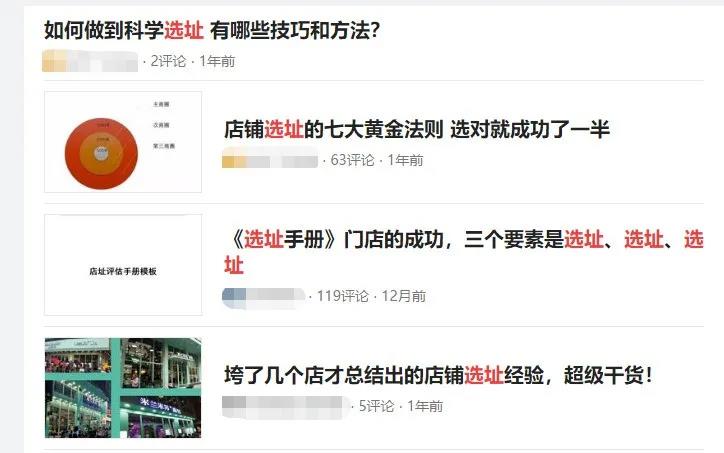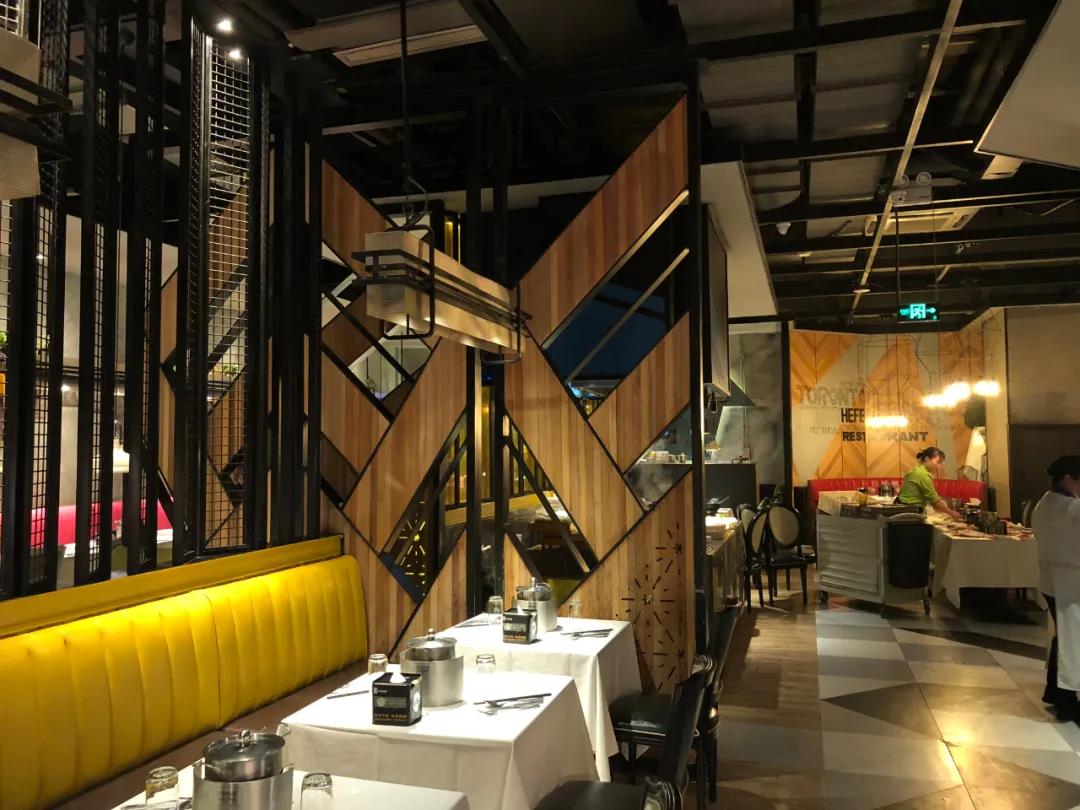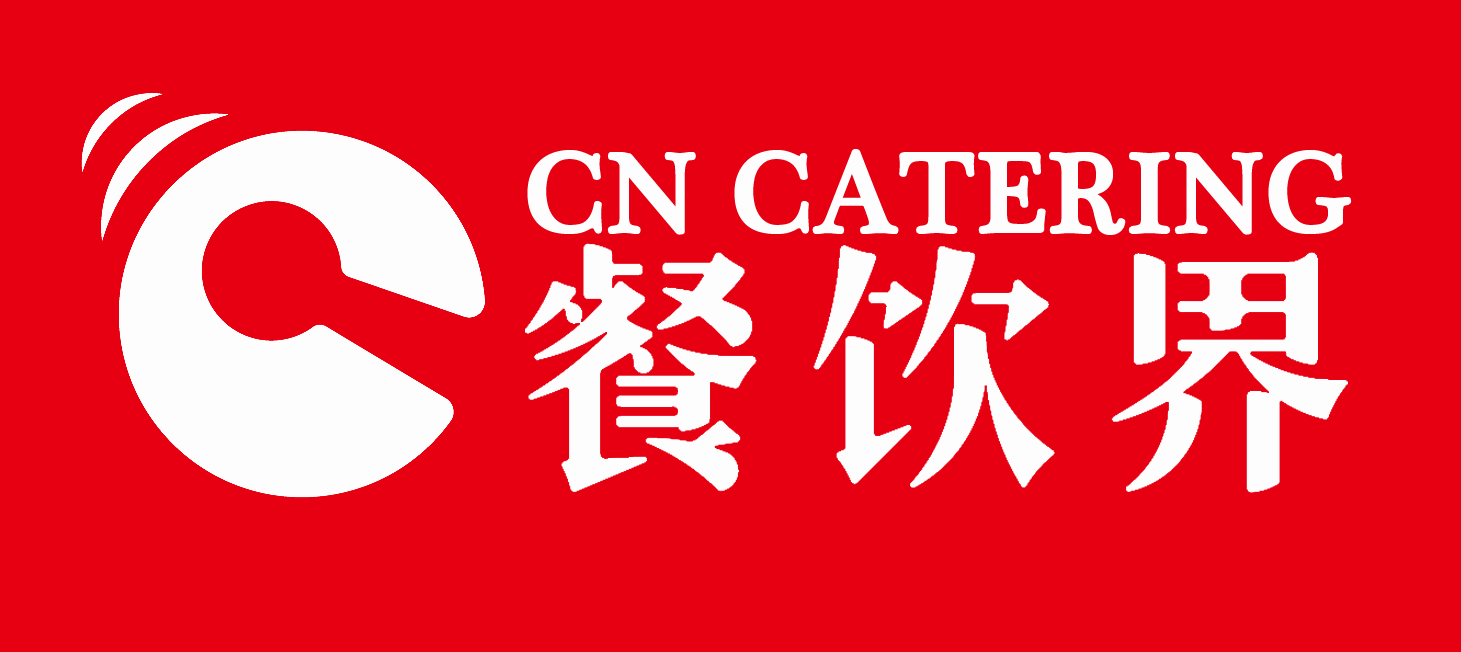Don't be "cut leeks" anymore, it's enough to master this indicator for restaurant location!Today's headlines

Store location has always been a very important part of catering business ventures, and it is also a part where novice owners frequently fall into the pit. Although there have been articles about restaurant location before, but mainly from the generality of store location. Today, let’s talk about the location of restaurants.
ONE
Site selection tutorial for smallpox
May be cutting your leeks
The location of the store is extremely important. Therefore, articles and tutorials on restaurant location introduction are overwhelming, attracting many novices to pay fees and attend classes, and then they are cut leeks.
In the public account, in Zhihu, in the headline...in various catering media, you can definitely see various "site selection seven golden rules", "site selection 3 cheats", "site selection 35 suggestions", "Eight Laws of Site Selection" and so on.

These site selection experience and skills cannot be said to be completely useless, but the most common point is:
(1) They are always summing up past experience, but learners are always falling into new pits. If we have to sum up one by one, will there be more than 7, 15, or 36 pits? The point is that new conditions are happening every day.
(2) There are many items of these skills, and there is no use of optics. It seems unrealistic to learn all of them, and it is a waste of time. If your store does not open for a day, you will have no revenue for a day. This is a real problem.
(3) The essence of site selection cannot be grasped, and the real key points cannot be extracted. For example, say "positioning" for a while, say "filling up" for a while, and then discuss what "visibility", "yin and yang", "relative field", "road condition research and judgment"... To some extent, these are all phenomena. In summary, if you have learned all these things, and there are still problems in the end, he will tell you that it is because you have not grasped it well, and have not learned to study "the characteristics of consumers' daily trends"...
Personally, I am very disgusted with these things that collect IQ taxes. Dining location selection is not a high-level knowledge, but whenever I see things that are complicated with you and have decades of experience in location selection, my suggestions are six. Words: Don't reason, don't believe.
TWO
Novice catering should learn to choose a location
Just grab one point!
To open a restaurant, you can use only one criterion for choosing a shop address: the break-even point indicator.
why? Because everyone opens a restaurant, the purpose is to make money, and to achieve the purpose of making money, is to make your revenue steadily and continuously higher than the break-even point.

Therefore, our first stage of operation (target) must be carried out around the break-even point. Prior to this, our site selection should be based on the break-even point as an indicator.
THREE
How to choose a site based on the break-even point
1. What is the break-even point?
The break-even point is a key indicator that restaurant operators must understand and learn to calculate. The simplest calculation formula is: turnover-(variable cost + constant cost), the result is positive when you make money, the result is zero-hour capital protection (that is, breakeven), and the result is negative when you lose money.
Variable costs: Costs that will change with the increase or decrease in turnover, such as food purchase costs, water and electricity costs, tax costs, etc.
Constant cost: The cost that is relatively fixed within a period of time. It can also be said that it is the cost that does not increase or decrease due to the increase or decrease of turnover, such as rent cost, labor cost, etc.
Operating margin: Turnover minus variable costs, and the remainder is operating margin. However, in actual calculations, many catering owners are accustomed to using turnover-the cost of purchasing ingredients, and then treat the result directly as gross profit, and include costs such as utilities and taxes as constant costs. This was originally just an algorithm problem and there is no essential difference, but the disadvantage is that the gross profit tends to be inflated, which adds a sense of confidence to oneself.
Operating net profit: operating gross profit minus the tax costs in constant costs and variable costs, as well as the profit after operating losses, is the net profit obtained by the restaurant owner.
2. Use break-even points to guide site selection
Let's take an example: suppose we rent a 200-square-meter shop to spread out grilled fish.
The kitchen occupies 50 square meters and the operating area is 150 square meters.
30 to 35 tables can be set, and up to 120 customers can be accommodated at the same time.
Assume that the monthly rent for the house is about 40,000.
The staff needed for the store: 10-12 people in the front hall, 5-6 people in the back kitchen, 17 people in total. If you don’t consider hiring a chef, the per capita salary is 3,000 to 3500 yuan, about 60,000 yuan per month.
Water and electricity are about 20,000 per month.
So far, the cost is rent + labor + water and electricity = more than 120,000 / month, go up a bit, the monthly cost is 130,000.
If the gross profit reaches 60% and you want to protect the capital, the monthly turnover is between 210,000 and 220,000 yuan. Then, the daily break-even point is 7000~8000 yuan.
If the average table consumption is 200, it needs to receive 35 tables per day to reach the break-even point; if the average table consumes 150, it needs to receive 50 tables per day to reach the break-even point, which requires a turnaround.
The most important thing at this time is that you already understand how many tables you actually need to receive every day to reach breakeven. Next, you use this indicator as a benchmark to guide your actual site selection. When looking at a store, you should start investigating whether it can meet your own business needs and get enough tables.
Please note that you must not rely on guessing, and focus on the following two indicators:
(1) Turnover indicator: We investigate restaurants in the same business district around us to find out what the average turnover of everyone is. If everyone is less than 7000 yuan, then the business risk of this store is higher; if all stores have If the turnover is higher than 7000 yuan, the risk is relatively small.
How to investigate? Looking at the small ticket statistics is one of the most reliable methods. Although it is a little tired, most people can perform it. If you can't do this, be a little thick-skinned, observe the side for a whole day, and make a good statistics, there is no technical difficulty.
(2) Customer flow indicator: At the same time, investigate these restaurants in the same business district to see their attendance/turnover rate. If each restaurant is not satisfied, there are not even 30 tables, indicating that this location has insufficient customer flow and operating risks Larger; if each restaurant can easily receive more than 50 tables, queuing is more common, and the risk of passenger flow is relatively small.
When you know how to select a location through the break-even point, you have already grasped the core part of the restaurant location. You don't have to worry about the site selection formulas of all kinds of broken thoughts on the Internet. "No business on the negative side, business on the positive side"...These are all phenomena at the level of the phenomenon, and there are many counterexamples, which are not enough to prevent you from making mistakes in site selection.
To repeat, why is it said that the break-even point is the core of the restaurant location? Because your fundamental purpose of opening a restaurant is to make money, it's that simple. Below the break-even point is a loss, and above it is a profit, so we use this point as the basic target point, also called the break-even point.
And opening a restaurant to make money can only be achieved through the behavior of "customer pays", so we use the break-even point to trace back to the scene where customers pay daily and at each table, establish accurate goals, and then all work around This goal is achieved through this scenario.
At this point, dining seems to have become simpler.
After you choose the location through the break-even point, consider the convenience of takeaway delivery, the convenience of transportation, etc., of course, it will help.
But these are obviously icing on the cake. There has never been a restaurant that can be successful by relying on convenient transportation alone. When choosing a location, we must first focus on the core issues.
Diffusion, in the future business process, we must also find and focus on the core issues, and don't be exhausted by the various branches and leaves.
免责声明:1.餐饮界遵循行业规范,转载的稿件都会明确标注作者和来源;2.餐饮界的原创文章,请转载时务必注明文章作者和"来源:餐饮界www.canyinj.com",不尊重原创的行为餐饮界或将追究责任;3.投稿请加小编微信toutiaoxiansheng或QQ1499596415。4.餐饮界提供的资料部分来源网络,仅供用户免费查阅,但我们无法确保信息的完整性、即时性和有效性,若网站在使用过程中产生的侵权、延误、不准确、错误和遗漏等问题,请及时联系处理,我们不承担任何责任。
 扫码关注餐饮界微信号
扫码关注餐饮界微信号


 Media
Media


